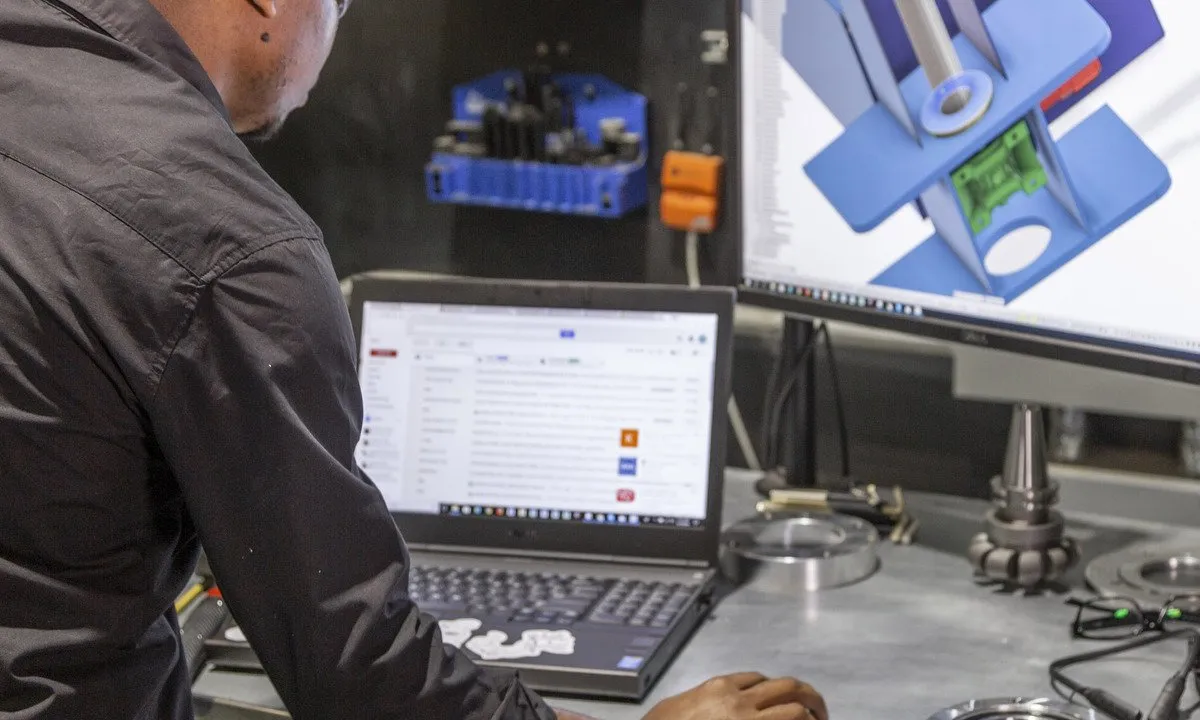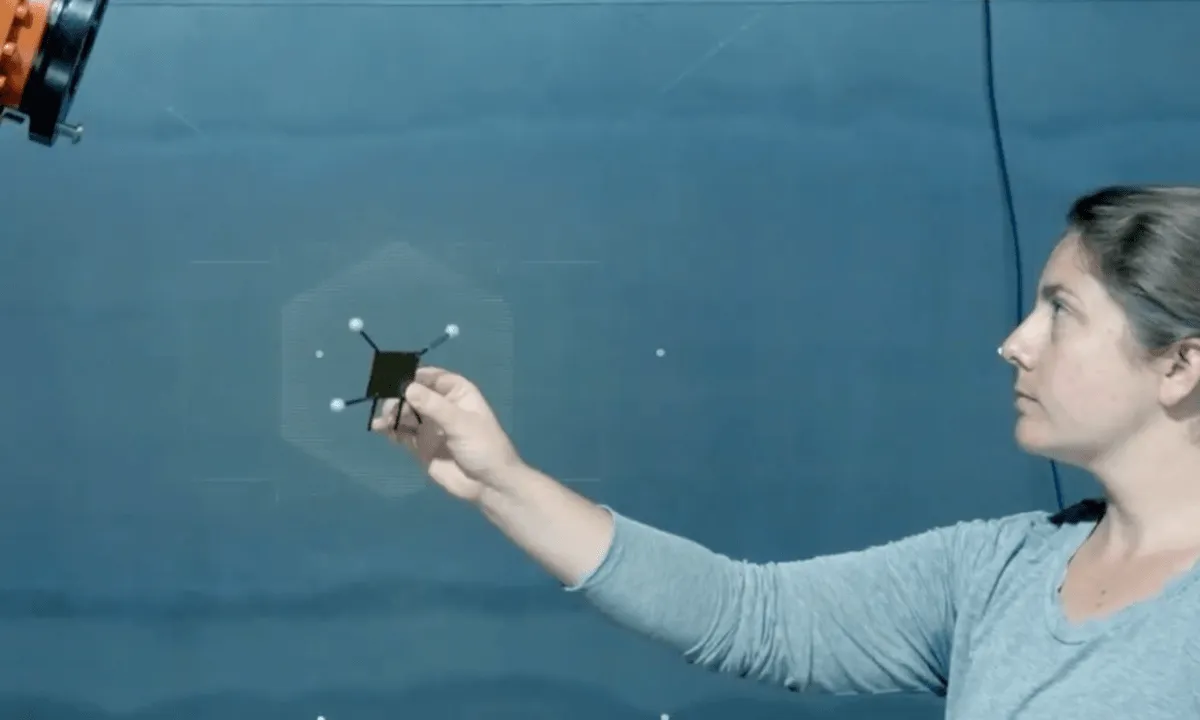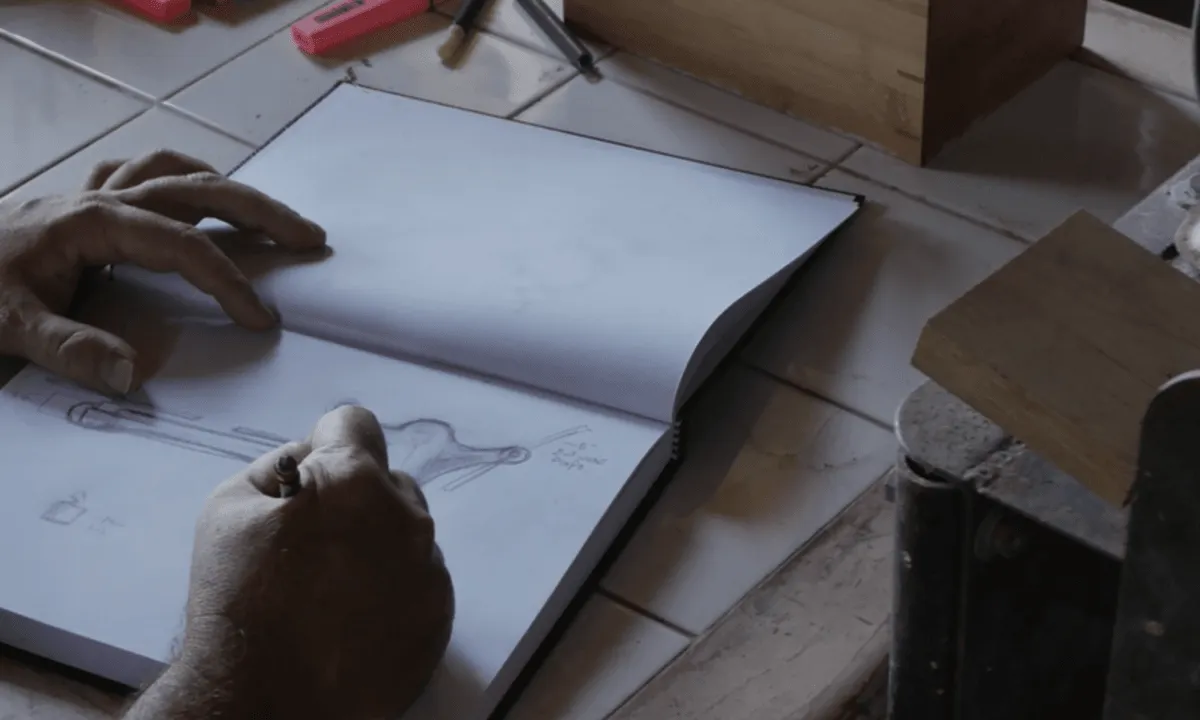
CAM and Design Manufacturing for Mechanical Engineers with Autodesk Fusion 360 
This course provides mechanical engineers with the skills to use Autodesk Fusion 360 to design and manufacture parts with CAM and design for manufacturing. Participants will learn how to account for tolerances and assembly in their designs to ensure a successful end product. ▼
ADVERTISEMENT
Course Feature
![]() Cost:
Cost:
Free
![]() Provider:
Provider:
Coursera
![]() Certificate:
Certificate:
Paid Certification
![]() Language:
Language:
English
![]() Start Date:
Start Date:
10th Jul, 2023
Course Overview
❗The content presented here is sourced directly from Coursera platform. For comprehensive course details, including enrollment information, simply click on the 'Go to class' link on our website.
Updated in [March 06th, 2023]
This course provides an overview of CAM and design manufacturing for mechanical engineers using Autodesk Fusion 360. Participants will learn how to inspect a multicomponent assembly, identify manufacturing methods based on part inspection, create detailed drawings for manufacturing, and practice creating toolpaths for manufacture. Upon completion of the course, participants will be able to inspect a multicomponent assembly, identify manufacturing methods based on part inspection, create detailed drawings for manufacturing, and practice creating toolpaths for manufacture. Additionally, participants will be provided with additional learning resources to help them uplevel their skills.
[Applications]
After taking this course, mechanical engineers will be able to apply their knowledge of CAM and design manufacturing to inspect multicomponent assemblies, identify manufacturing methods based on part inspection, create detailed drawings for manufacturing, and practice creating toolpaths for manufacture. Additionally, they can use additional learning resources to help them uplevel their skills and prepare for Autodesk Fusion 360 certification.
[Career Paths]
1. Mechanical Engineer: Mechanical engineers use Autodesk Fusion 360 to design and develop mechanical systems, components, and products. They use the software to create 3D models, analyze stress and strain, and simulate the performance of mechanical systems. With the increasing demand for automation and robotics, mechanical engineers are in high demand and the use of Autodesk Fusion 360 is becoming more and more popular.
2. Design Engineer: Design engineers use Autodesk Fusion 360 to create 3D models of products and components. They use the software to analyze the performance of the design, optimize the design for manufacturing, and create detailed drawings for production. With the increasing demand for automation and robotics, design engineers are in high demand and the use of Autodesk Fusion 360 is becoming more and more popular.
3. Manufacturing Engineer: Manufacturing engineers use Autodesk Fusion 360 to create toolpaths for manufacturing. They use the software to analyze the performance of the design, optimize the design for manufacturing, and create detailed drawings for production. With the increasing demand for automation and robotics, manufacturing engineers are in high demand and the use of Autodesk Fusion 360 is becoming more and more popular.
4. CAD Technician: CAD technicians use Autodesk Fusion 360 to create 3D models of products and components. They use the software to analyze the performance of the design, optimize the design for manufacturing, and create detailed drawings for production. With the increasing demand for automation and robotics, CAD technicians are in high demand and the use of Autodesk Fusion 360 is becoming more and more popular.
[Education Paths]
Recommended Degree Paths:
1. Mechanical Engineering: Mechanical engineering is a broad field that involves the design, development, and production of machines and tools. It is one of the oldest and broadest engineering disciplines. Mechanical engineers use Autodesk Fusion 360 to design and develop products, create prototypes, and analyze the performance of their designs. With the help of Autodesk Fusion 360, mechanical engineers can create detailed drawings for manufacturing, inspect multicomponent assemblies, and create toolpaths for manufacture. As the demand for more efficient and cost-effective products increases, the need for mechanical engineers with Autodesk Fusion 360 skills will continue to grow.
2. Computer Aided Manufacturing (CAM): CAM is a process that uses computer-aided design (CAD) software to create toolpaths for manufacturing. It is used to create parts and components for a variety of industries, including automotive, aerospace, and medical. With Autodesk Fusion 360, CAM engineers can create detailed drawings for manufacturing, inspect multicomponent assemblies, and create toolpaths for manufacture. As the demand for more efficient and cost-effective products increases, the need for CAM engineers with Autodesk Fusion 360 skills will continue to grow.
3. Design Manufacturing: Design manufacturing is the process of designing and producing products for a specific purpose. It involves the use of CAD software to create detailed drawings for manufacturing, inspect multicomponent assemblies, and create toolpaths for manufacture. Autodesk Fusion 360 is a powerful CAD software that can be used to design and develop products, create prototypes, and analyze the performance of their designs. With the help of Autodesk Fusion 360, design manufacturing engineers can create detailed drawings for manufacturing, inspect multicomponent assemblies, and create toolpaths for manufacture. As the demand for more efficient and cost-effective products increases, the need for design manufacturing engineers with Autodesk Fusion 360 skills will continue to grow.
4. Industrial Design: Industrial design is the process of creating products that are both aesthetically pleasing and functional. It involves the use of CAD software to create detailed drawings for manufacturing, inspect multicomponent assemblies, and create toolpaths for manufacture. Autodesk Fusion 360 is a powerful CAD software that can be used to design and develop products, create prototypes, and analyze the performance of their designs. With the help of Autodesk Fusion 360, industrial designers can create detailed drawings for manufacturing, inspect multicomponent assemblies, and create toolpaths for manufacture. As the demand for more efficient and cost-effective products increases, the need for industrial designers with Autodesk Fusion 360 skills will continue to grow.
Pros & Cons

Job based skillset.

Basics covered.

Practical implementation.

Versatile and modern designing software.

Boosts knowledge and exposure.

Long duration.

Limited practical experience.

Complex for beginners.

Time consuming.

Limited career opportunities.
Course Provider

Provider Coursera's Stats at AZClass
Discussion and Reviews
0.0 (Based on 0 reviews)
Explore Similar Online Courses

The Secrets Of Email Lists Revealed

The Strategy of Content Marketing

Python for Informatics: Exploring Information

Social Network Analysis

Introduction to Systematic Review and Meta-Analysis

The Analytics Edge

DCO042 - Python For Informatics

Causal Diagrams: Draw Your Assumptions Before Your Conclusions

Whole genome sequencing of bacterial genomes - tools and applications

Engineering Design Process with Autodesk Fusion 360

Intro to Digital Manufacturing with Autodesk Fusion 360

3D Model Creation with Autodesk Fusion 360
 Related Categories
Related Categories
 Popular Providers
Popular Providers
Quiz
 Submitted Sucessfully
Submitted Sucessfully
1. What is the main goal of this course?
2. What is the Autodesk Fusion 360 certification prep course?
3. What is the main focus of the design process?


Start your review of CAM and Design Manufacturing for Mechanical Engineers with Autodesk Fusion 360